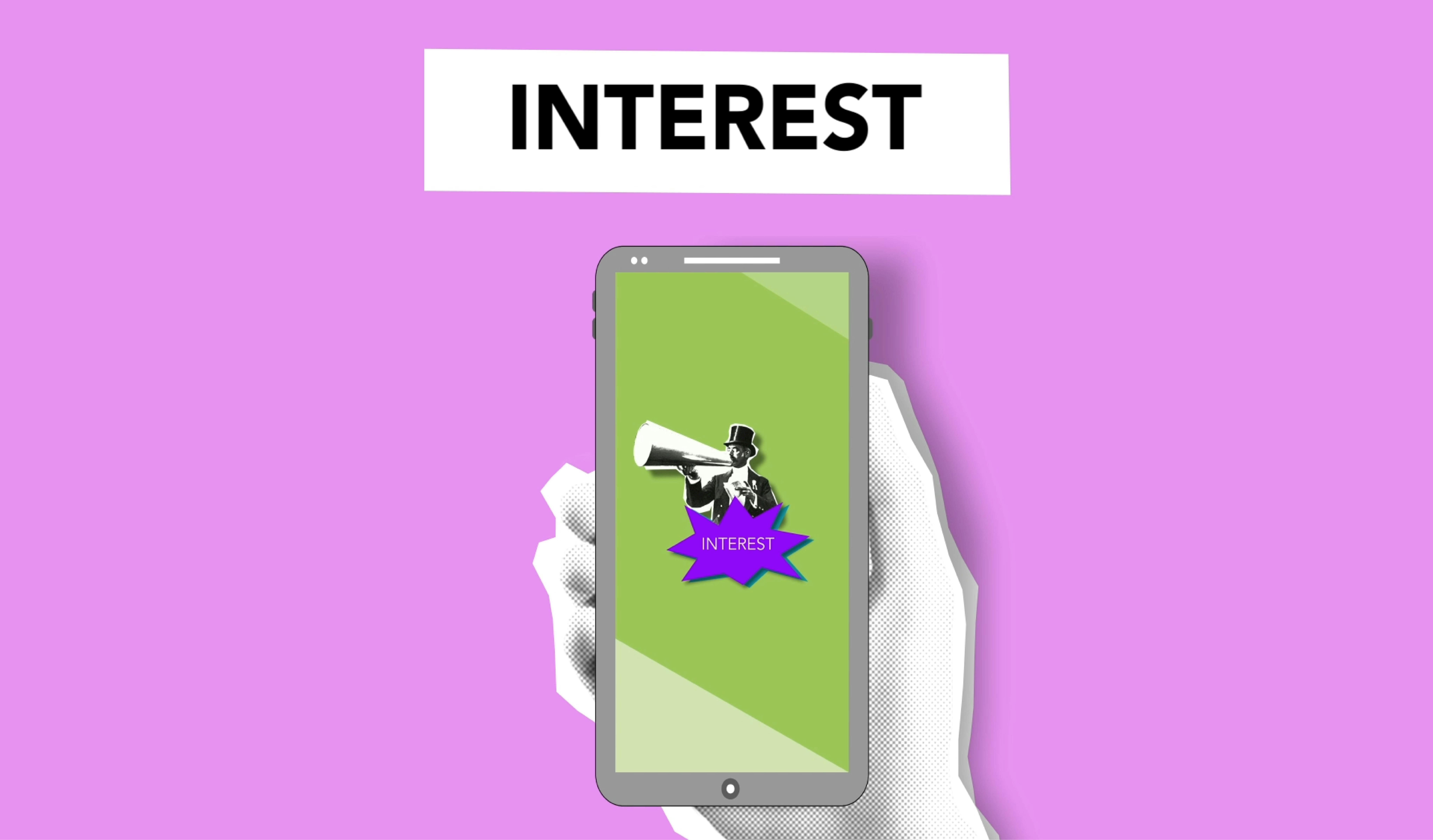While browsing Google Reader, what prompts you to click on a particular article to read the entire publication? While on your Twitter home page, what tempts you to click on a specific link mentioned in a tweet? While checking your news feed on Facebook, what makes you comment on a particular post over others?
There is only one reason: compelling headlines.
Although content is still king, but to drive people to read the entire post, you need to read them with an engaging and compelling headline. Try to put yourself in the shoes of your readers while writing a headline and ask yourself if you had seen this line somewhere, would you go out of your way to read the entire article?
So, go through the points mentioned below that will help you create clickable titles and drive more traffic to your site/blog:
Direct holders:
These are simple, direct headlines that say exactly what an article has to offer. No wit, no attempts to be funny, and no puns. Example: “Defining SEO” simply says that the article focuses on explaining the basics of SEO.
Indirect holders:
These headlines can use metaphors or double meanings, thus creating curiosity in the mind of the reader to check what exactly the article is about. Example: “Enjoying sinful temptations”, although this could have many meanings, while the article was about a chocolate company that offers personalized chocolates to its customers.
Command holders:
These headlines tell readers what they should or shouldn’t do, primarily the first word of the line being the strongest point. Example: “Sell online now”. You could also use reverse psychology, for example: “Kill your blog by making these mistakes.”
Question Headlines:
These headlines ask your readers simple questions, but when crafting your question headlines you should keep in mind that the answer to that question should not be ‘no’. So instead of ‘Do’, ‘Have’, try questions that start with ‘Why’. Example: “Why do some Facebook pages have more than 5,000 fans?” You could ask provocative questions, such as “Do you make these mistakes when writing your headlines?”
How to Headlines:
These headlines make it easy for your potential readers to get an idea of what they will learn from your article. It’s one of the most successful ways to create a headline and it almost never fails. Example: Headline of this article :).
Testimonial Headlines:
Testimonial headlines convey credibility, but one must ensure that such headlines are not misleading. It’s a very effective headline, but if misused, it can easily backfire. It lets your readers know that people are talking about your product or service. Example: “I love the way XYZ treats their customers,” says Steve Jobs.
Warranty Holders
Such headlines promise certain benefits or uses to your readers, it guarantees a desirable result if potential readers go through the entire article by boosting it in the headline. Example: “Lose 10 kgs In 10 Days” or “Participate In This Contest And Win A Guaranteed Price”.
Number Titles/List Titles
“A headline with numbers will drive more traffic than a headline without,” says Brandon Cox. Numerical titles are very effective because they explain how the article is structured and the fact that the entire post will be specific and easy to read. Example: “10 best bloggers of all time” or “10 most innovative ads”.
Supposed headlines:
These headlines are based on assumptions from the writer’s point of view, basically the article is aimed at those readers who may fall into a particular category or segment. The article aims to provide solutions or tips for targeted readers or people. Example: “Why you should quit smoking now” or “10 ways to lose that extra weight”.
Convincing words:
There is a long list of words that entice your readers to click the “read more” button, such as:
-The secret of…
-Stunning evidence of…
-Here’s a quick way to…
-Latest…
-Impressive…
-Ideal…
-Mysterious…
-Extreme…
-Myths debunked…
-Incredible…
-The worst… and many more.
Try any of the formulas mentioned above, and I’m sure it will help you find clever and enticing headlines.
Many believe that it is essential to write the title before writing the post, while many advocate writing a title after finishing the body of the article. Which method do you choose and why?
